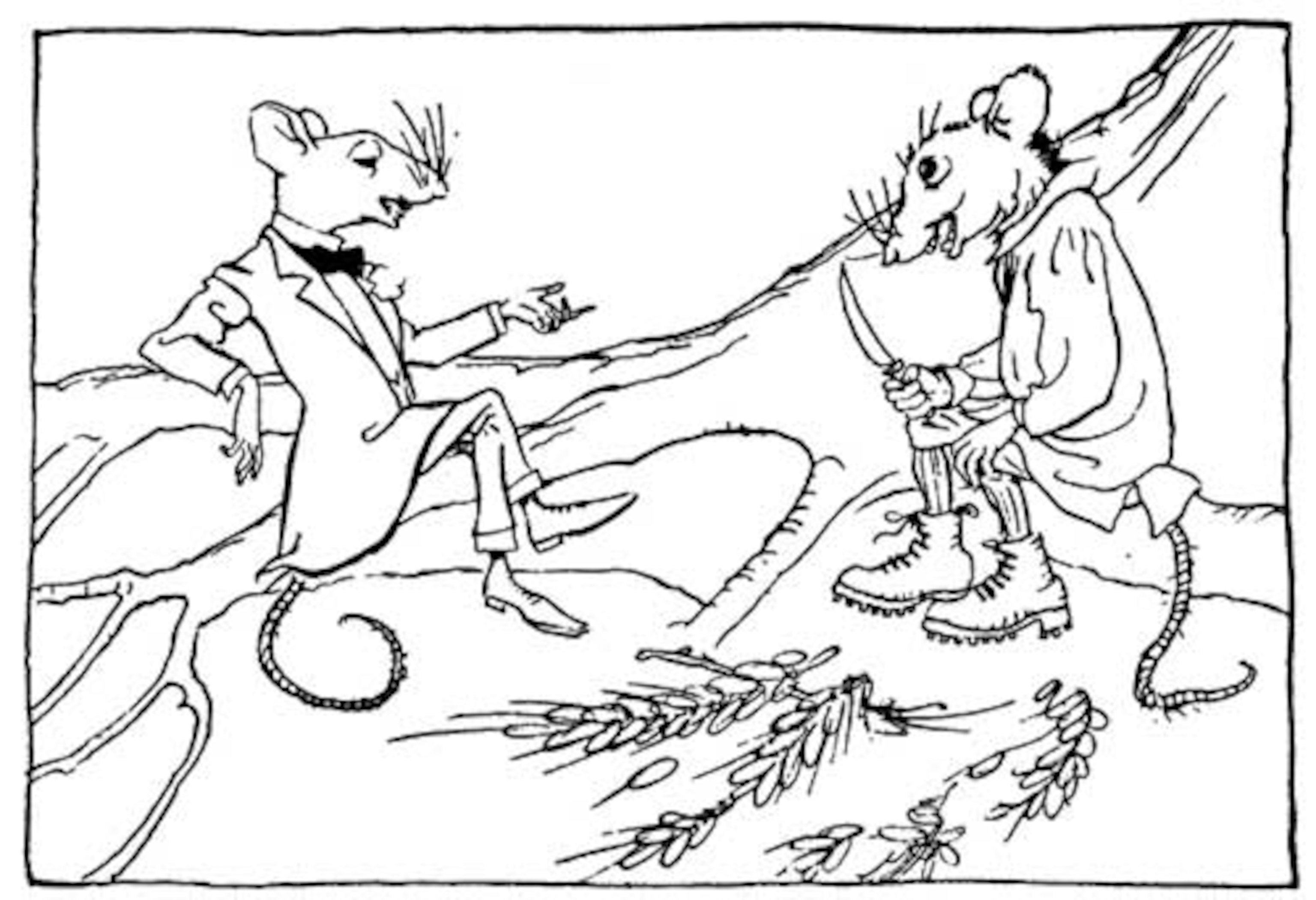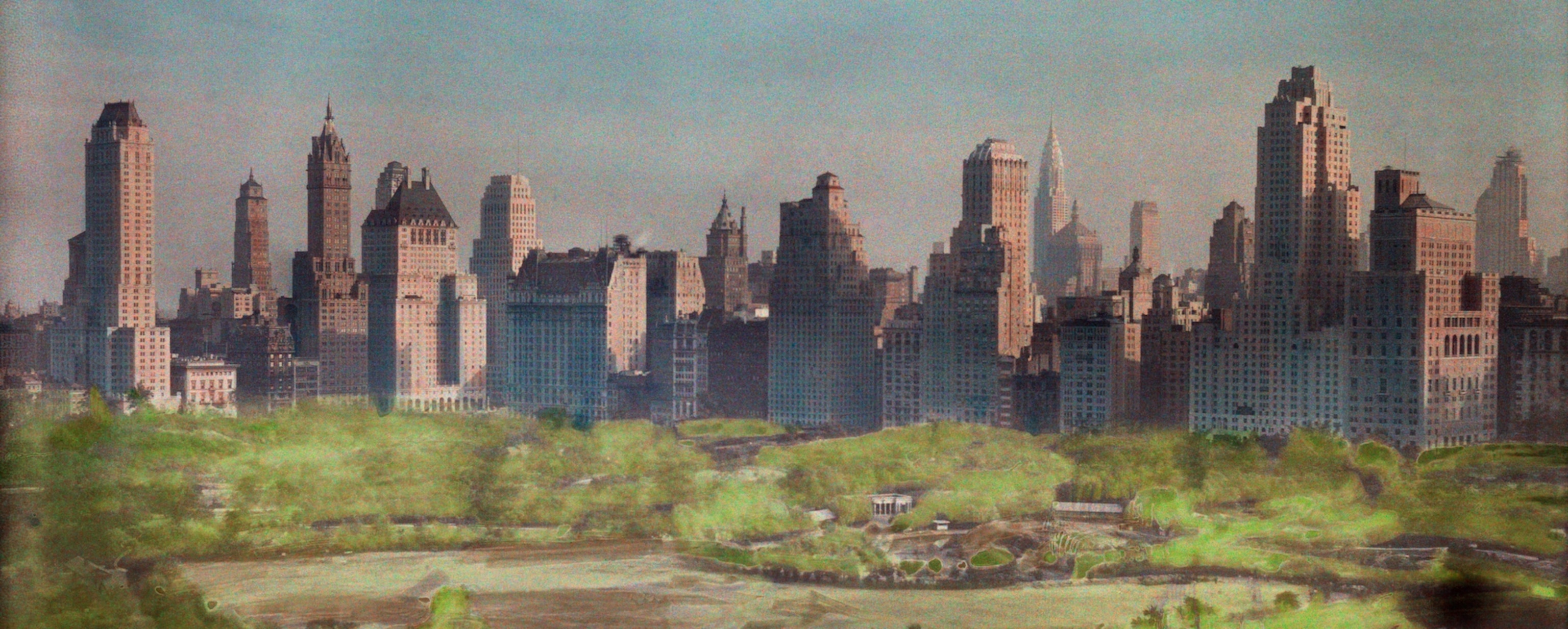Cities may not seem like hotbeds of evolution. Tropical rain forests, maybe. The Galapagos Islands, certainly. But Central Park?
Yes, even Central Park. Wherever there is life, there is evolution. Organisms reproduce, passing down their genes to their offspring. Some variants of those genes may become more common over the generations thanks to lucky rolls of the genetic dice. But they can also become more common thanks to natural selection–because they make individuals better able to survive and reproduce than others. That advantage depends in large part on their particular environment. If the environment changes dramatically–if, for example, people cut down forests and put up skyscrapers–then a new set of mutations may give organisms an evolutionary advantage.
Urban evolution is probably one of the most common forms of evolution on Earth today. After all, cities are spreading over so much of the terrestrial surface of the planet. Yet the city is still a lonely frontier for evolutionary biologists. They’ve traditionally searched out “natural” habitats in order to document the workings of evolution. Only recently have some evolutionary biologists made the city into a field site.
Jason Munshi-South, a scientist at Baruch College, is doing some of the most interesting research on urban evolution these days, working in the green spaces of New York City. New York has been growing for over three centuries, but twenty percent of it remains wooded today, and it’s still home to a variety of wild animals, plants, and other organisms. New Yorkers may think that their wildlife consists solely of cockroaches, but the streets and parks and rivers of the city are full of other species too. Some, like coyotes in the Bronx, are newcomers, while others never left. New York’s native biodiversity has many surprises left for urban biologists to discover–consider, for example, that a new species of frog turned up in Staten Island just last year. (See this 2011 article I wrote for the New York Times for more on evolution in New York.)
One of the animals Munshi-South studies most closely is the white-footed mouse, Permoyscus leucopus. This is not the house mouse that rummages around in the kitchen cabinets of New York apartments. It’s the white-footed mouse, which was living in the forests of New York before Europeans arrived and which stayed in those forests as they shrank into islands of parkland. While house mice will happily dart across Broadway in search of food, white-footed mice are far less bold. As New York’s forested land has become isolated, so have its populations of mice.

Munshi-South wondered if these rodents have veered off on their own evolutionary trajectory, separate from the white-footed mice that live in the forests outside of New York City. As new mutations arise in a New York population of mice, they may become widespread–but only on their urban island. Compared to their rural counterparts, New York mice may face different challenges for survival. The air they breathe and the soil through which they burrow is more polluted. They may encounter more pathogens because New York is a hub for travelers. New York mice also live in denser populations, which may mean they have to compete more for food or mates. Munshi-South hypothesized that over the past couple centuries, the city mice have adapted to these challenges in ways that their rural cousins have not.
To test his hypothesis, Munshi-South and his students trapped mice in various spots around the city including Central Park. They also headed out of town to grab some mice living in forests where they don’t face the pressures of urban life. They then took a look at the genes of the mice. The genes bear the scars of the isolation in which the city mice live. Mice living in two New York parks may be more genetically distinct than rural mice living in different states.
Munshi-South and his colleagues then searched for genetic differences between city mice and country mice that might be the result of natural selection. Like other organisms, white-footed mice make copies of their genes out of a molecule called RNA, which they then use as a guide to building proteins. The scientists pulled out all the RNA from liver and brain tissue from their mice, a couple hundred animals all told. They then sequenced the RNA fragments and used a computer to reconstruct the sequence of the mouse genes.
Once they could look at the sequence of the mouse genes, they then hunted for mutations that showed signs of having spread thanks to natural selection. They found a handful of genes in the city mice that appear to have evolved due to natural selection. The functions of these genes are, in many cases, exactly the sort that you’d expect to evolve in a city mouse. Some of them are known to be involved in recognizing pathogens, and others help launch an immune system attack against them. Others help to detoxify pollutants. These genes not only evolved relatively quickly–in just the past couple centuries at most–but also repeatedly. In park after park, the same adaptations were favored by natural selection.
For now, these genes are only promising candidates for targets of natural selection. Researchers will have to examine them more closely and see if their mutations do indeed alter the biology of the city mice in important ways. It will be fascinating to see them investigate this grand experiment in evolution that is New York. Urban evolution may turn out to transform species in unexpected ways. Among the genes that show hints of natural selection in the white-footed mice of New York are genes involved in sperm, for example. In the crowded populations of mice in New York’s parks, males may be competing more intensely to father the next generation. Perhaps there’s a sexual revolution underway in the big city.
(Munshi-South’s results are available as a preprint at PeerJ, a new scientific publisher.)


